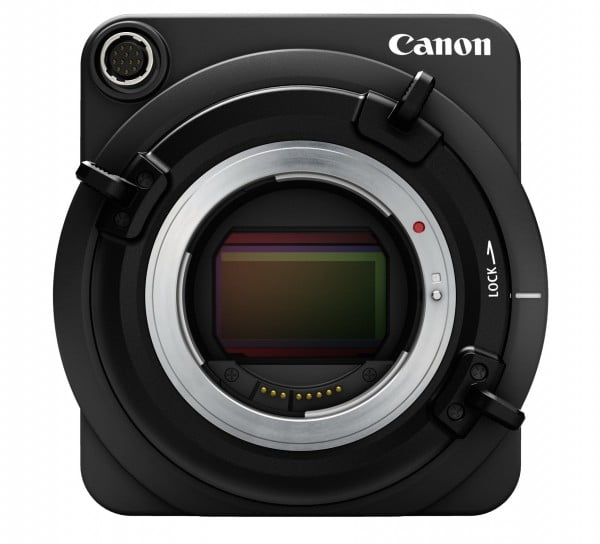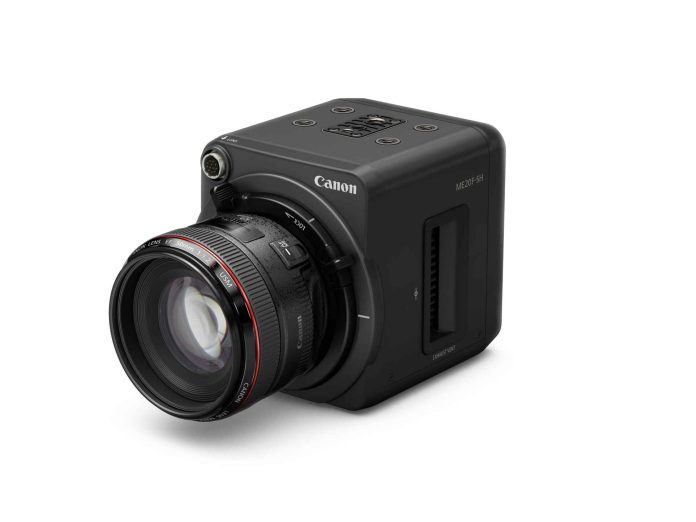CANON has released its new ME20F-SH full frame 1080p multipurpose camera which features a massive maximum ISO of 4,560,000, suggesting the future of low light cameras looks bright.
The ME20F-SH sensor is slathered in 2.26 million titanic 19-micron pixels – bigger pixels mean less noise – leaving no doubts about what its strengths will be. Before we go on with this, no one is going to installing this camera on the wall of the building any time soon – it’s expensive – but the point is that unassisted low light performance remains in the sights of high end manufacturers. Minimum subject illumination is claimed to be less than 0.0005 lux at 75dB gain setting.,
Images from Canon’s ME20F-SH still look clean at 102,000 ISO in testing, which is really something. Another recent release is Sony’s a7S II, which offers more than 400K ISO. Tests show noise beginning to impact on quality at around 25,000 ISO, which is still amazing performance, considering the pinnacle of ISO was just 1600 not many years ago.

Big sensor, big pixels, big performance with no smoke or mirrors…
Usually there’s a point with ISO elevation where noise and noise suppression start to win the war on gain and the image stream blows out. The way ISO works in digital cameras, including CMOS CCTV cameras, is that amplification is applied to the pixel signal at the pixel and reapplied to the entire sensor signal before it hits the analogue-to-digital converter.
There are digital signal amplifications possible after this point in the signal delivery but all add noise and latency to a low light image. And as we know, to enhance signal to avoid noise, you slow down the shutter speed, increasing motion blur. A camera capable of a clean signal at over 100,000 ISO, allowing faster shutter speeds and better overall image acuity, would be a wonderful thing indeed. ♦











